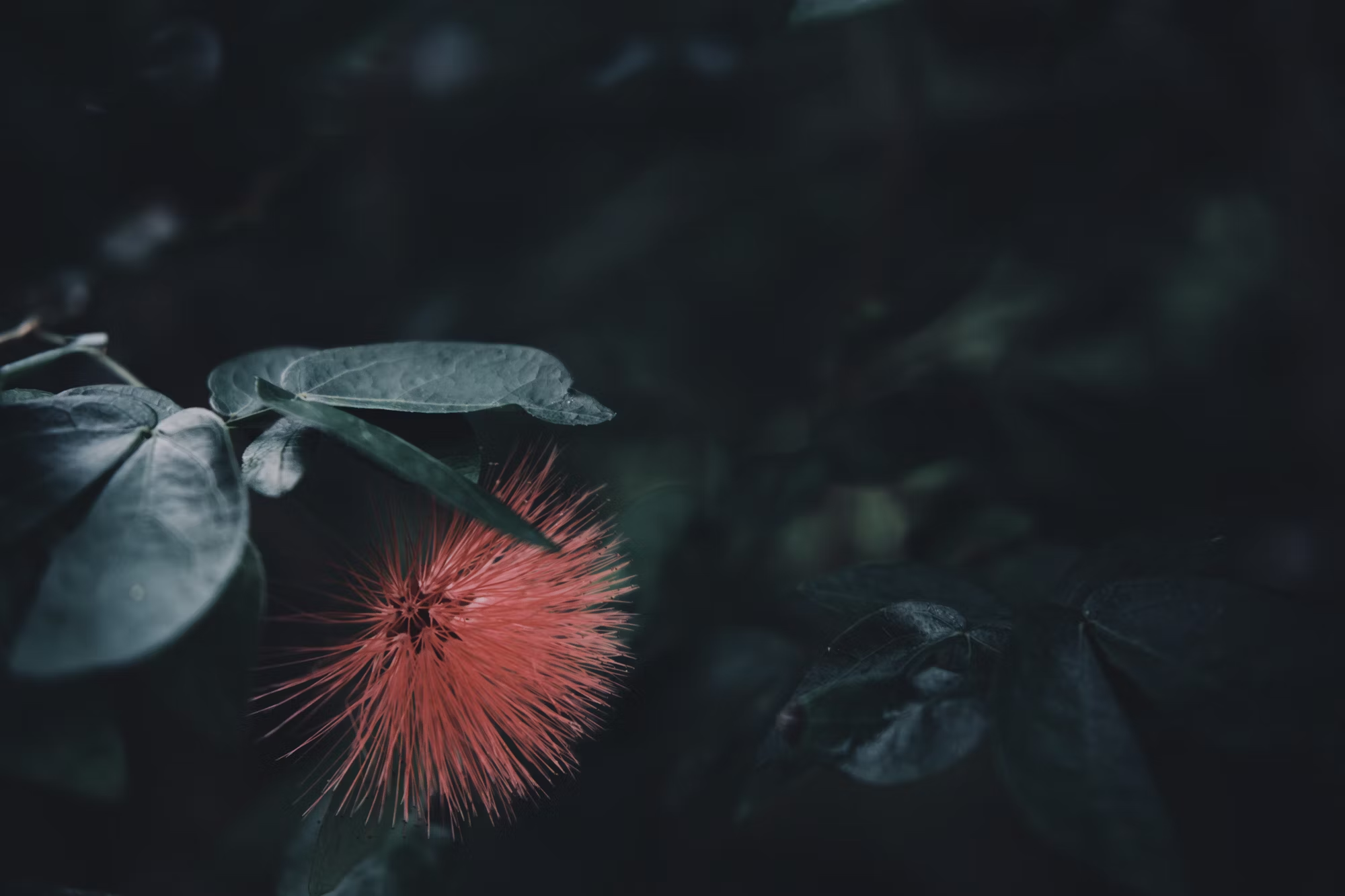
Gardening is more than just planting flowers; it is an art form that allows individuals to express their creativity and connect with nature. A well-designed garden serves as a personal oasis, a place where one can escape the hustle and bustle of daily life. Whether you have a sprawling yard or a cozy balcony, understanding the fundamentals of garden design can help you cultivate a space that is not only beautiful but also harmonious and functional. In this article, we will explore various elements of garden design, including layout, plant selection, and decorative features, providing inspiration for creating your ideal outdoor retreat.
The first step in designing your garden is to establish a clear layout. This involves considering the space available and how you wish to use it. Are you looking for a tranquil space for relaxation, a vibrant area for entertaining, or a productive vegetable garden? Once you have a vision in mind, sketching a basic plan can help visualize how different areas will flow together. Remember to take into account the natural features of your landscape, such as sunlight, wind direction, and existing plants or trees. These elements can significantly influence plant selection and placement, ensuring that your garden thrives.
When it comes to plant selection, the choices are virtually limitless. Consider incorporating a mix of perennials, annuals, shrubs, and trees to create a diverse and dynamic garden. Perennials, such as peonies and coneflowers, return year after year, providing lasting beauty and reducing the need for replanting. Annuals, like zinnias and marigolds, offer vibrant colors and can fill in gaps throughout the season, bringing energy and life to your garden. Shrubs, such as hydrangeas and azaleas, add structure and can serve as natural dividers or borders, while trees provide shade and a focal point.
Incorporating wildflowers can also enhance the natural beauty of your garden. Wildflowers like daisies and poppies not only attract pollinators but also create a relaxed, informal atmosphere. They can be strategically placed in areas where you want to encourage wildlife, turning your garden into a haven for bees and butterflies. Moreover, desert flowers, such as yucca and desert marigolds, can thrive in arid conditions, adding unique texture and color to xeriscaped gardens.
One essential aspect of garden design is color harmony. When choosing plants, consider their bloom colors and how they will complement one another. Using a color wheel can help in selecting plants that create pleasing combinations, whether you prefer bold, contrasting colors or a more subtle, monochromatic scheme. A garden that features a harmonious color palette can evoke different moods and feelings; warm colors like reds and oranges can energize a space, while cool colors such as blues and greens promote calmness.
Texture also plays a significant role in garden design. Mixing plants with various leaf shapes and sizes can create visual interest and depth. For instance, the soft, feathery leaves of ferns can contrast beautifully with the bold, waxy leaves of succulents. This interplay of textures can draw the eye and make the garden feel more dynamic. Additionally, including elements like decorative stones, gravel paths, or wooden trellises can enhance the overall texture and aesthetic of your garden.
Incorporating hardscape elements is another vital aspect of garden design. Pathways, patios, and garden furniture can define spaces and provide functional areas for relaxation and entertaining. Natural materials like stone, brick, or wood can create a seamless transition between your garden and home, making the outdoor space feel inviting. Consider adding seating areas where you can enjoy your garden, perhaps with a small table for morning coffee or an evening glass of wine. A fire pit or outdoor fireplace can also extend the usability of your garden into the cooler months, providing a cozy gathering place.
Water features can further enhance the tranquility of your garden. A small pond, fountain, or even a simple birdbath can attract wildlife and create a soothing ambiance with the gentle sound of flowing water. These features can serve as focal points, drawing attention and creating a serene atmosphere. When planning a water feature, consider its size and placement to ensure it complements the overall design and does not overwhelm the space.
Lighting is another crucial element to consider in garden design. Proper lighting can extend the enjoyment of your outdoor space into the evening hours and highlight key features of your garden. Solar-powered lights along pathways or fairy lights draped in trees can create a magical ambiance. Additionally, strategically placed spotlights can illuminate focal points, such as sculptures or flowering trees, enhancing their beauty after sunset.
Gardening is also an opportunity for sustainable practices. Incorporating native plants can promote biodiversity, as these plants are often more resilient to local pests and climate conditions. Additionally, implementing practices such as composting and rainwater harvesting can minimize environmental impact while enriching your garden’s soil. Choosing organic fertilizers and pest control methods can contribute to a healthier garden ecosystem, fostering a space that thrives naturally.
For those who enjoy culinary pursuits, creating a vegetable or herb garden can be incredibly rewarding. Selecting a sunny spot and incorporating raised beds can make gardening easier and more accessible. Consider planting herbs like basil, rosemary, and mint alongside vegetables like tomatoes, peppers, and carrots. Not only will you enjoy the beauty of your garden, but you will also have fresh ingredients at your fingertips, enhancing your culinary creations.
As you design your garden, remember that it should reflect your personal style and preferences. Whether you prefer a formal garden with symmetrical designs or a more relaxed, cottage-style garden with winding paths, the possibilities are endless. Look for inspiration in magazines, online platforms, or even local botanical gardens to gather ideas that resonate with you.
Lastly, be patient as your garden matures. Establishing a flourishing garden takes time, and it will evolve as plants grow and seasons change. Regular maintenance, such as pruning, weeding, and watering, will help your garden thrive and remain beautiful. Enjoy the process of nurturing your space, and take time to appreciate the small changes that occur as nature unfolds.
In conclusion, creating your perfect garden oasis is an enriching endeavor that combines creativity, nature, and personal expression. By understanding the principles of garden design, including layout, plant selection, and the incorporation of hardscape elements, you can cultivate a beautiful outdoor space that enhances your lifestyle. Whether it becomes a peaceful retreat for solitude or a vibrant venue for gatherings, your garden can be a source of joy and inspiration, reflecting your unique tastes and fostering a deep connection with the natural world.





